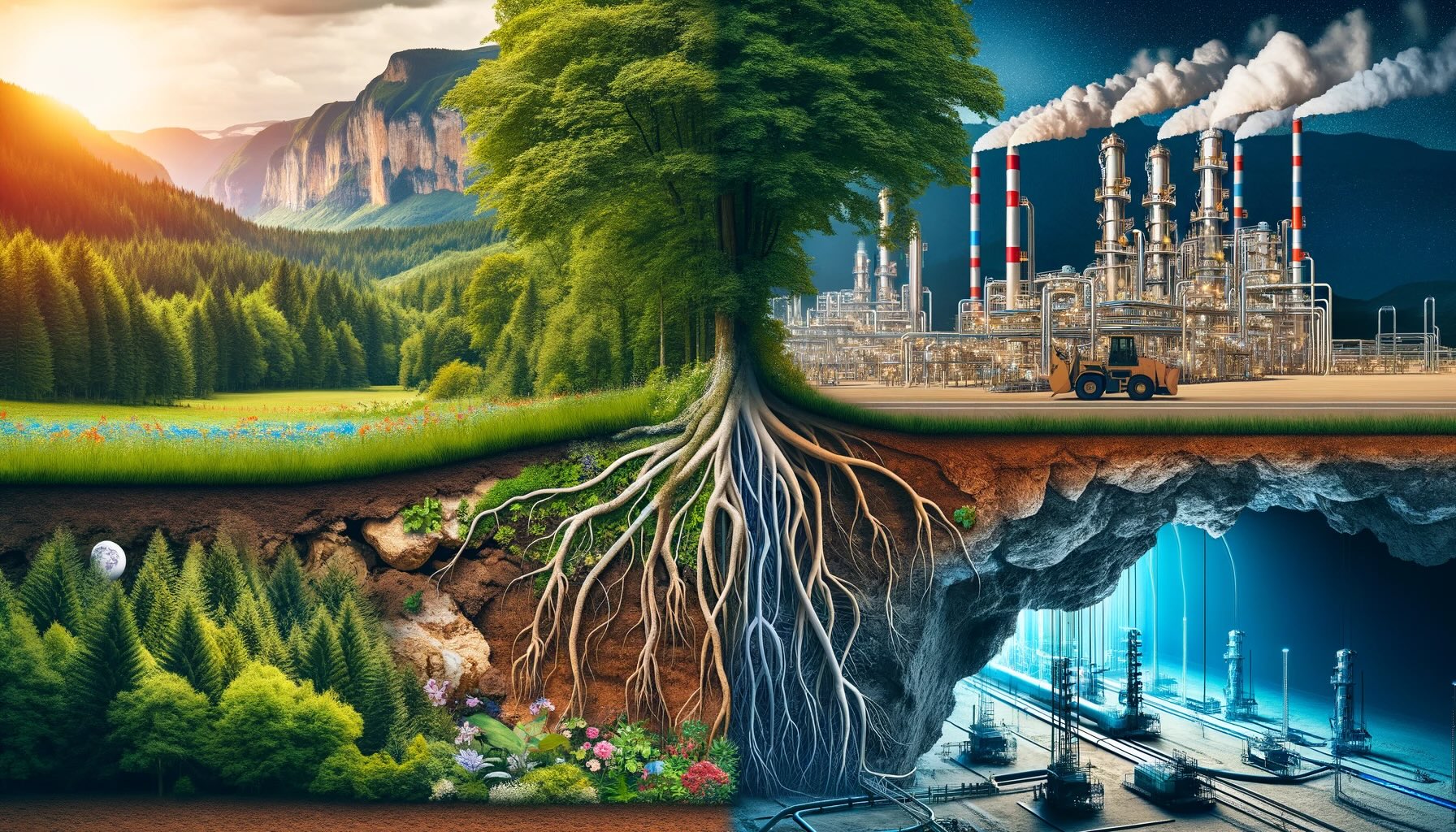
Carbon Sequestration: A Vital Process for Climate Change Mitigation
Carbon sequestration is a critical process that captures and stores carbon dioxide from the atmosphere, playing a significant role in mitigating the effects of global climate change caused by elevated levels of carbon dioxide.
The Carbon Cycle
Carbon, a vital element for life, circulates in various forms on Earth, combining with oxygen to form carbon dioxide (CO2), a gas that traps heat. This gas is emitted both naturally and through human activities, mainly from the combustion of fossil fuels.
Types of Carbon Sequestration
Carbon sequestration is divided into two categories: biological and geological.
Biological Carbon Sequestration
This type of sequestration involves the storage of CO2 in vegetation, soils, and oceans. Plants absorb carbon during photosynthesis, converting it into soil organic carbon (SOC).
Geological Carbon Sequestration
Geological sequestration refers to the storage of CO2 in underground geological formations. The CO2 is liquefied under pressure and injected into porous rock formations.
What Happens to Sequestered Carbon?
Sequestered carbon undergoes various processes. In biological sequestration, it is stored in plant matter and soil, potentially being released back into the atmosphere upon the death of the plant or disturbance of the soil. In geological sequestration, CO2 is stored deep underground, where it may eventually dissolve in subsurface waters.
Side Effects of Carbon Sequestration
While carbon sequestration offers a promising solution to climate change, it comes with potential side effects. For geological sequestration, risks include leakage due to rock layer fractures or well issues, which could contaminate soil and groundwater. Additionally, CO2 injections might trigger seismic events or cause pH levels in water to drop, leading to rock weathering.
In conclusion, carbon sequestration presents a viable method for reducing the human carbon footprint, but its potential side effects and the sequestered carbon must be carefully monitored.
Sources of Information
- “Carbon Sequestration”, National Geographic
- “Carbon Sequestration”, U.S. Department of Energy
- “Geological Carbon Sequestration”, U.S. Geological Survey
- “Seismic events triggered by CO2 injection”, ScienceDirect
- “Effects of CO2 on pH of water samples”, Journal of Environmental Science
- “Soil Organic Carbon”, Soil Science Society of America
- “Carbon Sequestration in Subsurface Waters”, Nature Geoscience